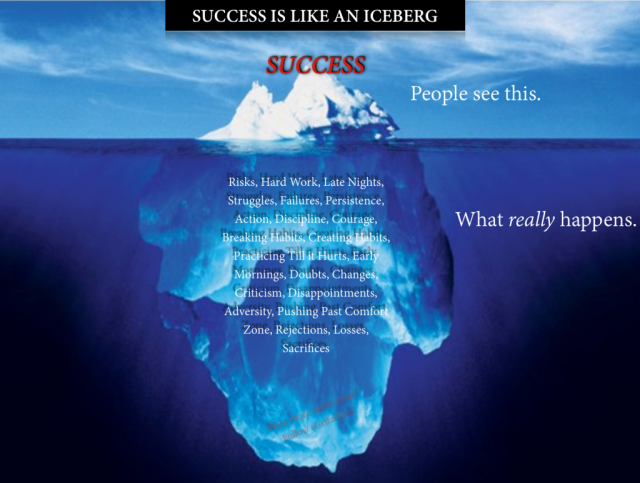Commending William Blake for what he’s showcased throughout his work is an understatement. Not only does he provide lucrative characters to symbolize significant aspects of his world view, but he also implements them to compare and contrast with your perception of what’s right or wrong. Throughout The Song of Los within the Asia section, Blake’s character Urizen is what we can view as the closest encapsulation of what Blake was during his time, a manipulator. Blake’s dictionary explains, “Los is Poetry, the expression in this world of the Creative Imagination” (Blake Dictionary 246). This interconnects both Africa and Asia as the glue to frame together works of Blake’s past. This was to narrate how biblical prophecy structured the undertone of Blake’s expectations for readers. In contrast, Asia is the induction of Urizen’s demise when challenging the prophetic image that is portrayed within Los’s work. It exemplified the progressive shift in power within the anti-penultimate stanza of Asia; “Urizen heard them cry, and with his shudd’ring waving wings went enormous above the red flames…And his Books of brass iron & gold melted over the land as he flew” (Blake 111). He weeps because of what he has lost than for what he sees within his surroundings. Like Blake, Urizen losing his books meant losing his ability to manipulate those around him. He’s deemed powerless, for which is why he weeps. If this is the beginning of the end for Blake’s ability to string upon the reader’s understanding of his readings, does this mean that what’s lies ahead is ultimately up to us to decipher what it means? Is this the end for Blake being able to decipher the future and thus, enabling us to structure for what lies ahead for the future? Asia represents the downfall for Blake’s understanding of the biblical truth, which he considers that hold his assumptions of the unknown altogether.
– Stephen Munoz



